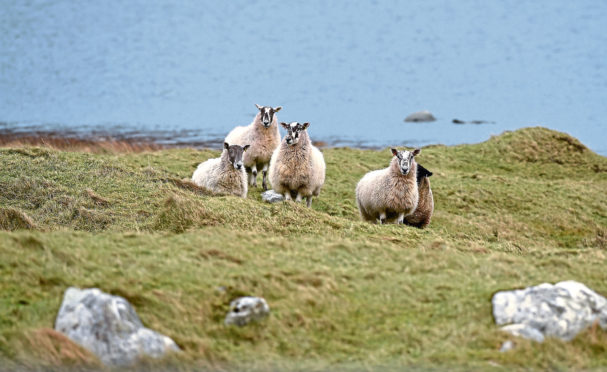We recently saw the publication of the National Development Plan for Crofting, just before ‘end of term’.
There has been a huge amount of work put into this plan, by ourselves, other representative organisations, agencies and government officials, so it is pleasing to see it emerge into the light of day.
It doesn’t include everything that needs to be done, as I am sure will be pointed out, but let’s look at this as a working document that can be modified as necessary.
The point is that we have a framework now that gives the direction of travel for the development of crofting.
It is a large step in the right direction and the Scottish Government officials who led on this, who made it a participatory exercise and who did the work getting it to publication stage, are to be congratulated for their efforts.
The publication of the plan for crofting ties in with the publication of our ‘SCF [Scottish Crofting Federation’ Proposals for Manifestos’, which I outlined in my last column. We encourage all crofters to read both of these documents and to feel welcome to let us know what they think.
We are particularly enthused with the emphasis placed on crofting’s contribution to population retention, climate change mitigation and increasing biodiversity, as well as its production of high-quality food. We feel that these are the important aspects of rural land use that crofting really leads the way on.
Crofting is coming into its time – a new era where the smaller, sustainable land unit once more has its place as a low-impact system of managing land and producing food, a positive contributor to biodiversity and climate stabilisation.
We aim to see unused crofts becoming available again, and passed on to the younger generation, the creation of new crofts and the roll-out of crofting tenure across all of Scotland. This is not an unrealistic aspiration.
The Scottish Crofting Federation held an election hustings recently and found candidates were remarkably aligned on key issues for crofting.
The meeting was very lively, with a good range of questions from the audience and interesting responses from the candidates – Alasdair Allan, Ariane Burgess, Rhoda Grant, Edward Mountain, Molly Nolan, and Andy Wightman.
What stood out was the degree of consensus on the main issues, for example having crofting law reform early in the next session; progressing land reform; resourcing the Crofting Commission adequately; and supporting growth of local produce.
There were some big issues that had alignment and which were relevant to our drive on increasing access to crofts; for example the need to create more crofts as well as freeing up unused ones, the idea that crofting legislation should be extended across the whole of Scotland and should include all smallholdings.
There seemed to be a common theme of decentralisation coming out of the discussions: the localisation of decision making, the retention of locally-derived wealth, local government, community involvement, local input to crofting regulation and crofting development, and local food production, sale and consumption.
This bodes well for getting cross-party support for crofting issues and legislation in the next session. Whichever party leads the government, it is very important that the parties and individual MSPs work together on developing this unique and widely acclaimed system of land tenure.
- Patrick Krause is chief executive of the Scottish Crofting Federation.










